
It’s a big day here at CES and Asus has upped the ante on the mobile side of things announcing two new smartphones in their Zenfone series, the Zenfone 3 Zoom with a 12X-zoom dual-camera system and the Zenfone Zoom AR, the worlds first smartphone with both Daydream and Tango built-in.
Zenfone 3 Zoom
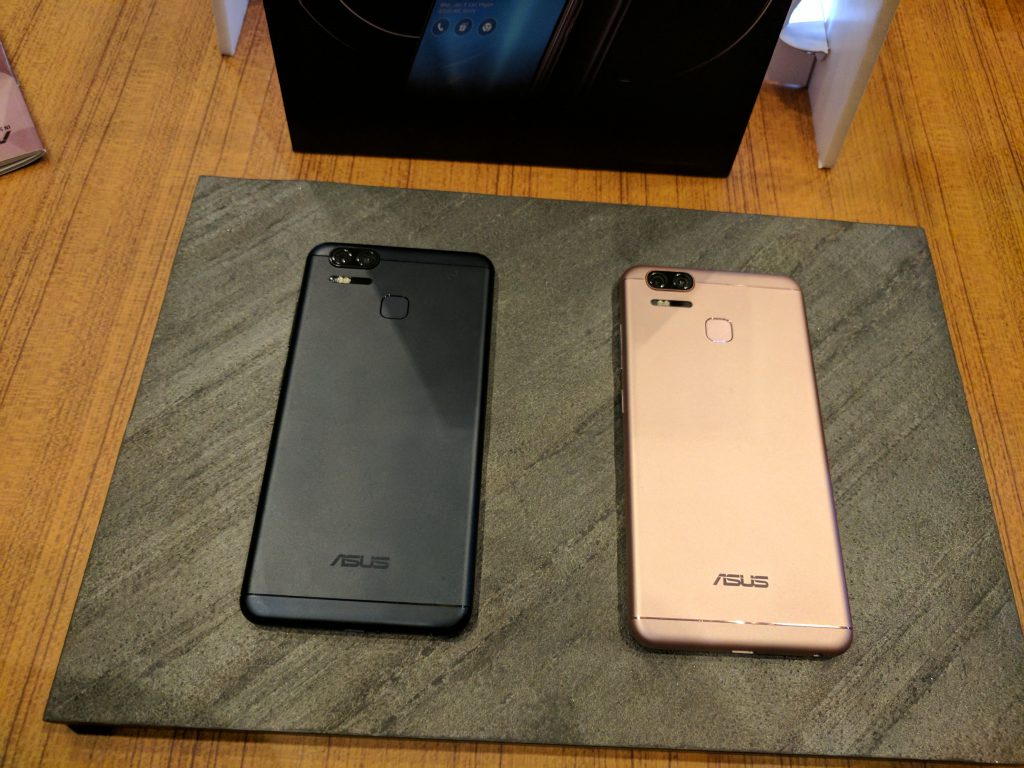
With a massive 5,000mAh battery, the ZenFone 3 Zoom is built to last all day and with photography in mind. The phone comes with a dual 12MP camera setup on the rear, with one sensor behind a f/1.7-aperture, 25mm wide-angle lens while the second sits behind a 59mm lens, which gives the phone a 2.3x optical zoom in a body that’s a mere 7.9mm thick. The camera technology also incorporates Asus’ ‘SuperPixel camera technology’ which allows for faster focus and better image capture in low-light.
The specs for the phone are so-far incomplete, but we do know that it’s the first phone to be powered by Qualcomm’s Snapdragon 625 processor.
| Key Specifications: | ASUS ZenFone 3 Zoom |
|---|---|
| Release date | January 2017 |
| Screen size | 5.5-inch |
| Screen technology | — |
| Resolution | — |
| PPI | — |
| Rear camera | Dual 12MP (1) 25mm (2) 59mm |
| Front camera | — |
| Chipset | Snapdragon 625 |
| Core config | 8 x 2 GHz |
| RAM | — |
| Storage | — |
| MicroSD | — |
| Battery | 5,000 mAh |
| Battery removable | — |
| Connector | USB C |
| Headphone Port | Yes |
| Headphone Location | Bottom |
| Speaker Configuration | — |
| NFC | — |
| Android OS | — |
| Vendor skin | — |
| Dimensions | ? x ? x 7.9 |
| Weight | 170g |
| Colours | — |
Zenfone AR
At the same event, Asus unveiled the second consumer level Tango phone, announcing the Zenfone AR which carries the distinction of being the first phone to be both Tango and Daydream certified, bringing both Augmented Reality and Virtual Reality together in one device.
As a second generation Tango device, Asus has pumped the Zenfone AR full to the brim with hardware but at the same time has shrunk the form factor down to a more manageable size with a 5.7″ QHD (2560×1440) display. It’s also running a Qualcomm Snapdragon 821 processor and comes with a worlds first 8GB of RAM.
| Key Specifications: | ASUS ZenFone AR |
|---|---|
| Release date | January 2017 |
| Screen size | 5.7-inch |
| Screen technology | AMOLED |
| Resolution | 2,560 x 1,440 |
| PPI | 518 |
| Rear camera | 23MP |
| Front camera | — |
| Chipset | Snapdragon 821 |
| Core config | 2.15GHz x 2 + 1.6GHz x 2 |
| RAM | 8GB |
| Storage | — |
| MicroSD | — |
| Battery | 0 mAh |
| Battery removable | — |
| Connector | USB C |
| Headphone Port | Yes |
| Headphone Location | Bottom |
| Speaker Configuration | Bottom |
| NFC | — |
| Android OS | Android 7.0 |
| Vendor skin | — |
| Dimensions | — |
| Colours | Black |
The Zenfone AR is of course heavily focusing on Tango, with the motion-tracking camera, and depth-sensing camera built-in to a smaller unit on the rear of the phone which also houses a 23MP camera sensor in what Asus is calling the ‘TriCam system cluster’, which with its reduced footprint allows for the phone to be thinner and lighter .
The phone has a nicely designed rear panel with a rubberised texture to make it easier to grip and comes with a USB-C port on the base of the phone – and yes, it has headphone jack as well. The Zenfone AR has two capacative buttons on the front mounted either side of the physical home key, there’s no indication on whether that is a fingerprint sensor, but chances are it is.
The Tango phone will launch with more than 35 apps available in Google Play specifically for Tango, including a new app for clothes shopping from fashion chain The Gap, which allows you to see clothes modelled on a similarly sized body before you purchase.
Availability
There’s not much information on whether we’ll be seeing the Zenfone AR or Zenfone 3 Zoom in Australia. Asus has advised that the Zenfone 3 Zoom will hit stores in February, while the Zenfone AR will launch in Q2 this year. No pricing for either handset has been announced at this time, but with Asus’ history of aggressive pricing you can probably expect some great deals in the


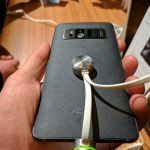
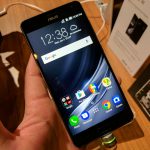
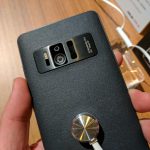
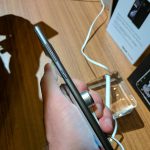
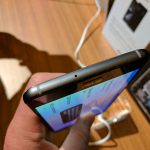

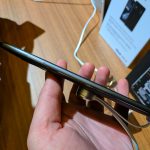
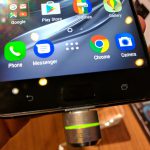



There are two zoom levels mentioned: 12x and 2.3x. Which is it?